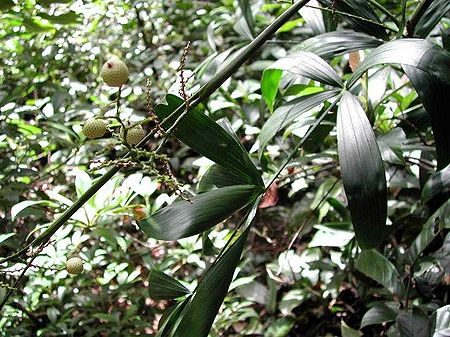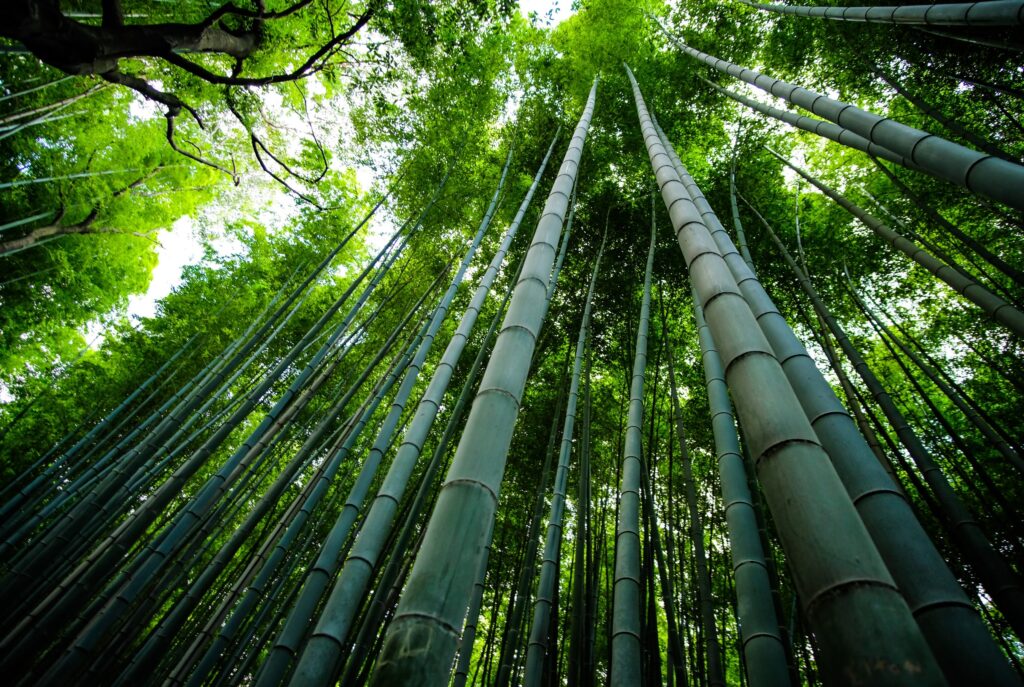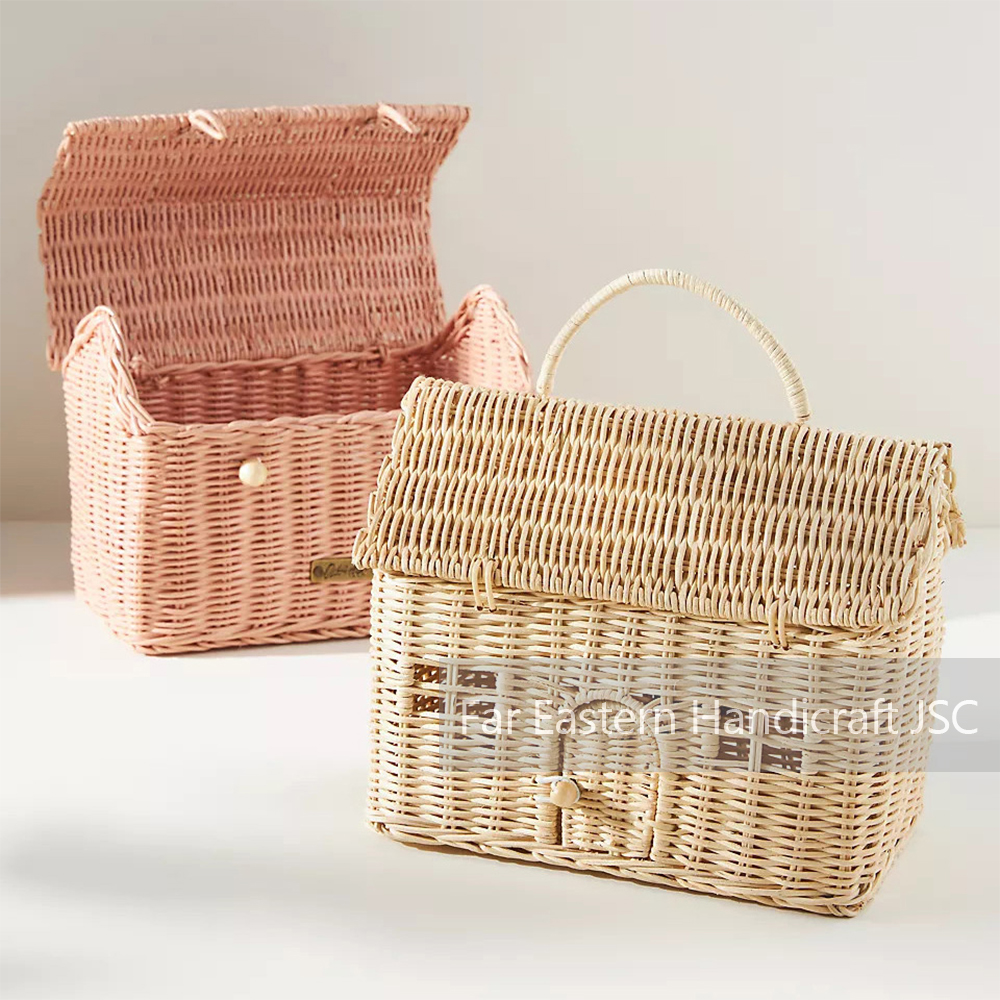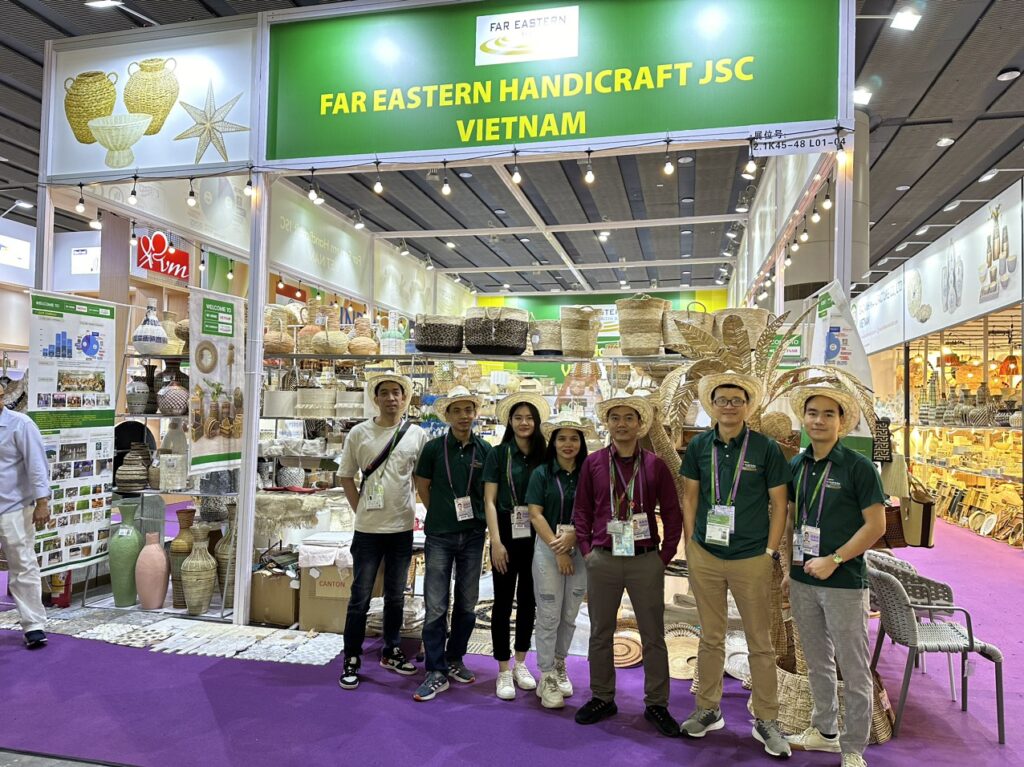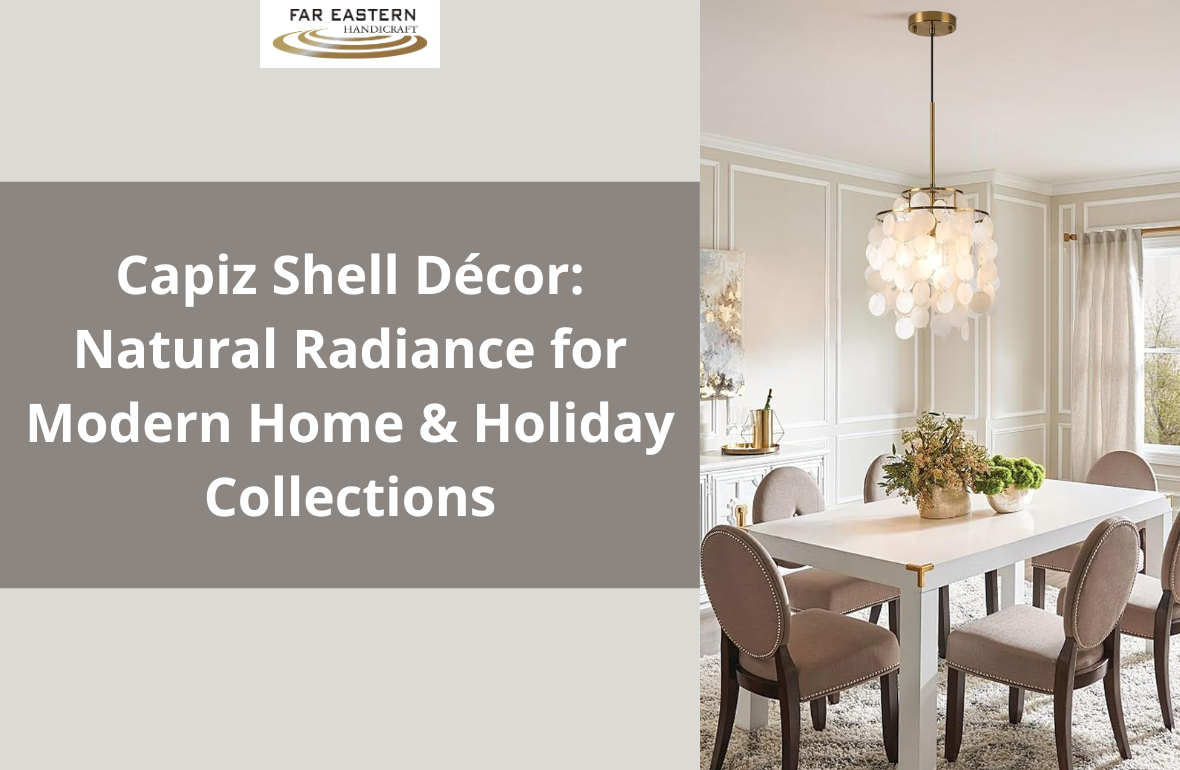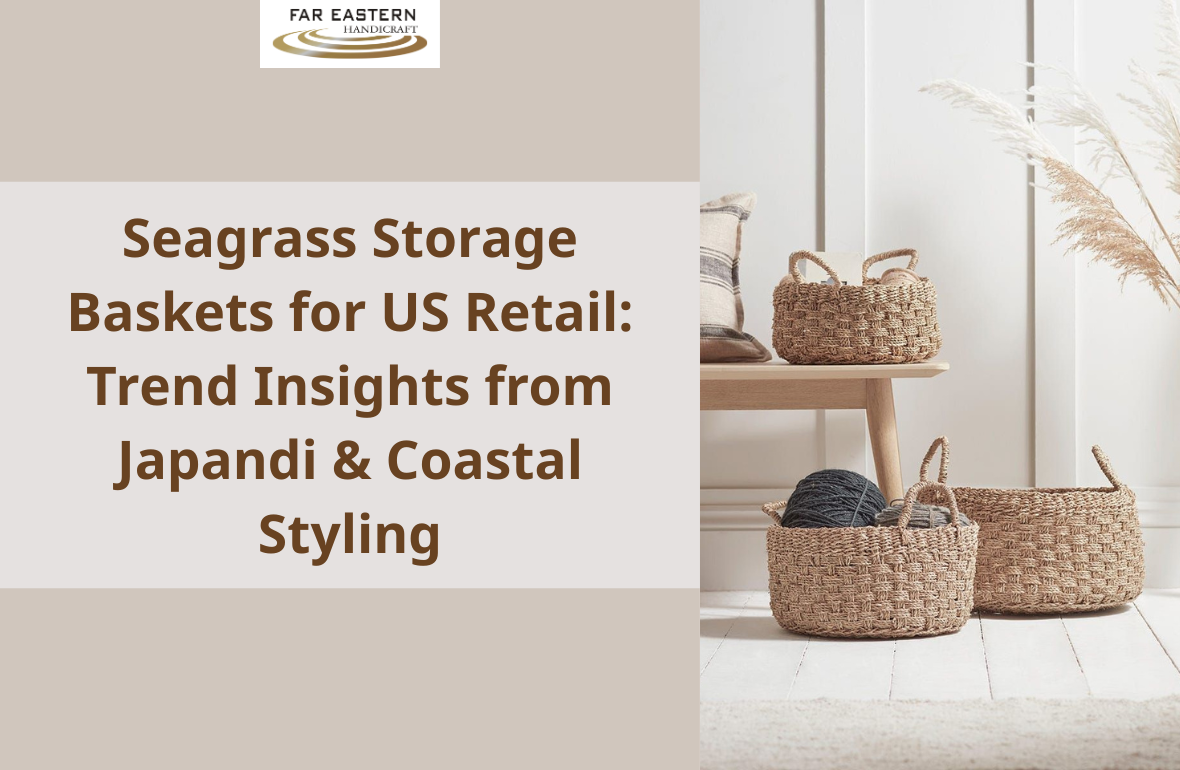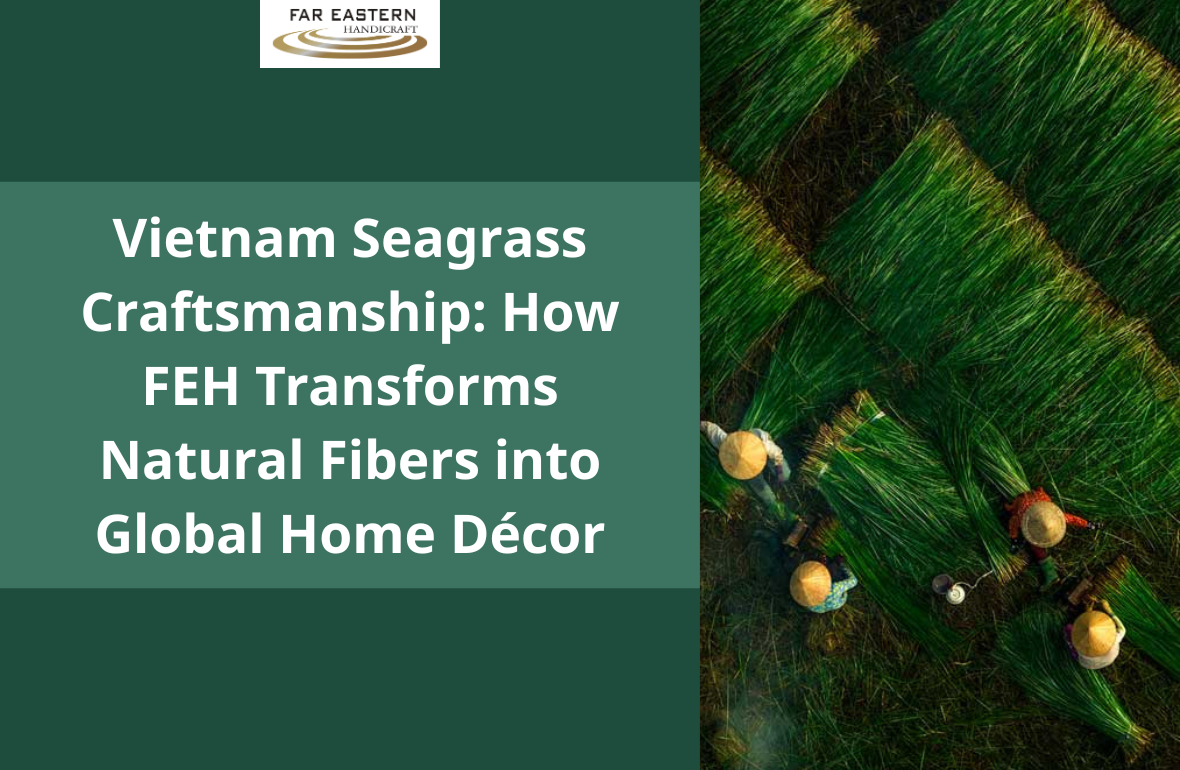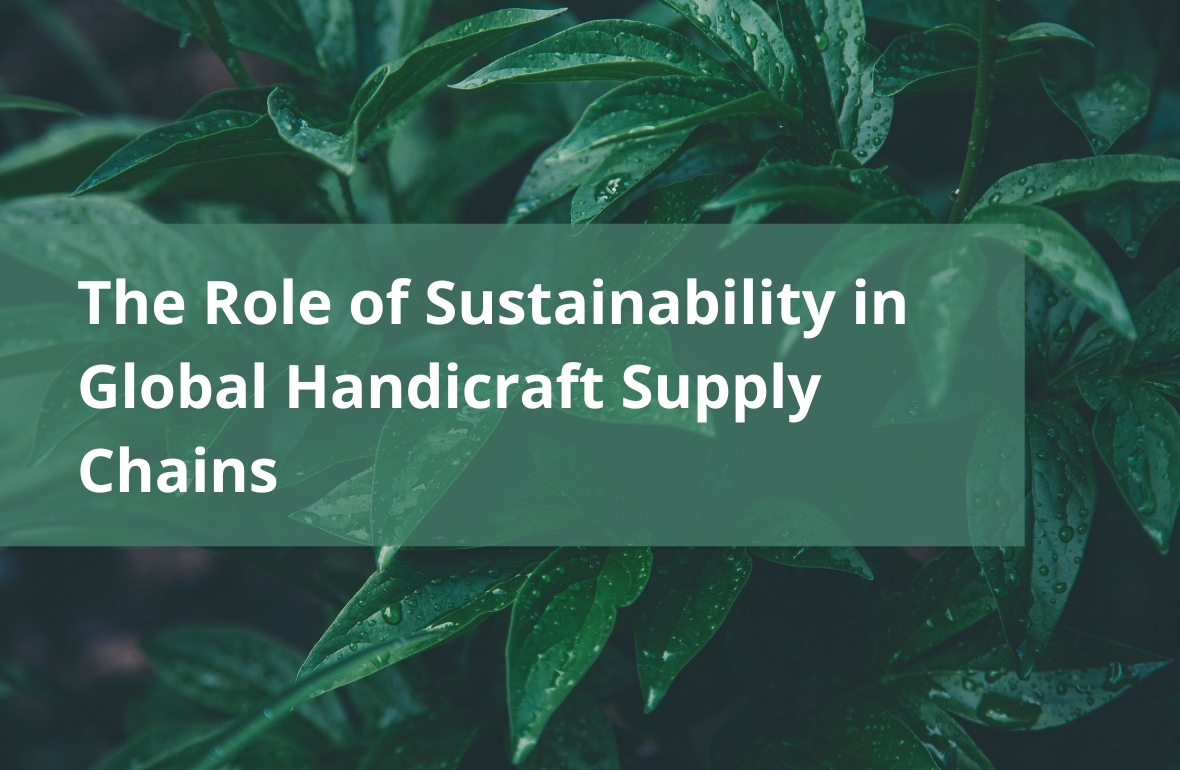What Materials Are Used to Make Rattan?
As trends shift from tradition to modernity, rattan is gaining more recognition and use. This versatile plant plays a crucial role in preserving the cultural identity of various ethnic groups while contributing to greener living spaces and promoting human health. But have you ever wondered what rattan is made of? Let’s explore the details in the following article.
What is rattan?
Rattan, scientifically known as “Calamus tetradactylus Hance”, encompasses around 600 natural species found in tropical regions across Asia, Australia, and Africa. In Vietnam, the Forestry Department classifies rattan as a non-timber forest product, commonly used as a raw material for crafting artistic and interior items such as tables, chairs, and room dividers.
The scientific name of the rattan plant is Calamus tetradactylus
What is rattan made of?
Rattan is derived from the stems of climbing palms belonging to the genus Calamus. Let’s explore the key components of the rattan plant in detail:
- Stem: The rattan stem is not only visually appealing but also highly flexible, making it easy to bend and shape. The underground stem, often dark in color, lies close to the ground, while the above-ground segments develop into clusters with multiple stems emerging from the base. The stem diameter typically ranges from 0.8cm to 1.2cm, depending on soil and climate conditions, and can reach lengths of up to 30 meters or more. Encased in green leaf sheaths and equipped with sharp thorns, the rattan stem is often used for constructing protective fences. The stem is divided into numerous segments, each about 15 to 40cm long.
- Roots: Rattan roots are robust and capable of anchoring firmly into the soil. With rapid growth, these roots easily adapt to various environmental conditions. The outer layer of the root is tough, while the inner core is sturdy. As they develop, the roots tend to form surface protrusions, and in mature rattan plants, the root system can become quite extensive.
The stem of the bamboo plant is not only visually appealing
- Leaves: Rattan leaves are single and resemble bird feathers. Fully grown leaves can extend up to a meter in length, organized into clusters of 2 to 4 leaves. On average, leaf blades are about 30cm long and 2 to 3cm wide.
- Flowers: Rattan plants produce flowers in clusters, usually in May and June each year. The flower spikes develop prominently at the tip, with each cluster containing multiple smaller clusters. These flowers are fragrant and distinctively yellow.
- Fruits: Rattan fruits typically appear 4 to 5 years after planting and care. The fruit is small, about 0.6cm in diameter, and has a spherical shape with a surface covered in layered, large scales. A mature rattan plant can bear around 5,000 fruits, each containing a single seed.
What is PE rattan made of?
Plastic rattan fibers are crafted from premium synthetic materials, commonly referred to as PE plastic. However, the accurate term is PPE, an acronym for Polyphenylene Ether (PPE). This material belongs to the category of amorphous materials and can withstand temperatures ranging from -40º to 90º C. It endures high impacts and is water-resistant, making it ideal for both household and interior-exterior design applications.
For interior and exterior products, plastic rattan fibers are coated with a UV-resistant layer, enhancing their ability to withstand harsh weather conditions like rain, wind, and sun. Additionally, they resist moisture and mold, a feature that traditional woven rattan cannot achieve, making them particularly useful in humid and warm climates.
Plastic rattan comes in a wide array of colors, contributing to significant advancements in architectural design. This is especially noteworthy in spaces such as cafes, hotels, and resorts, where plastic rattan has introduced a substantial transformation in the architectural landscape.
Comparison: PE rattan with rattan
Material Composition:
– PE Rattan: Crafted from high-density polyethylene (HDPE) resin, a synthetic material engineered to replicate the appearance and texture of natural rattan.
– Natural Rattan: Derived from the stems of climbing palms belonging to the Calamus genus.
Durability:
– PE Rattan: Highly durable and resistant to weather conditions, UV rays, and moisture.
– Natural Rattan: Durable but more susceptible to weathering and UV damage over time.
Appearance:
– PE Rattan: Offers a wide range of color and pattern options due to its synthetic nature.
– Natural Rattan: Displays a natural, earthy aesthetic with its own variations in color and texture.
PE Rattan offers a wide range of color
Maintenance:
– PE Rattan: Requires minimal maintenance, easy to clean with water and mild soap.
– Natural Rattan: Needs periodic cleaning and protection from extreme weather conditions.
Eco-Friendliness:
– PE Rattan: Not biodegradable, contributes to plastic waste.
– Natural Rattan: Biodegradable and environmentally friendly. Rattan is employed in crafting a multitude of items, including rattan plants, baskets, and garden furniture.
Comfort:
– PE Rattan: Less breathable in extreme temperatures, can get uncomfortably hot.
– Natural Rattan: Offers better breathability and comfort.
Longevity:
– PE Rattan: Typically has a shorter lifespan compared to natural rattan due to plastic composition.
– Natural Rattan: Can endure for decades with appropriate maintenance.
Aesthetics:
– PE Rattan: Synthetic appearance, may lack the authenticity of natural rattan.
– Natural Rattan: Natural, rustic charm with unique variations.
It can endure for decades with appropriate maintenance
Price:
– PE Rattan: Often more affordable due to its synthetic production.
– Natural Rattan: May be pricier due to labor-intensive harvesting and weaving processes.
Environmental Impact:
– PE Rattan: Contributes to plastic pollution and environmental concerns.
– Natural Rattan: Sustainable and eco-friendly.
The choice between PE rattan and natural rattan depends on your priorities. PE rattan offers durability, low maintenance, and versatility in appearance but comes with environmental and comfort drawbacks. Natural rattan brings an authentic, eco-friendly, and timeless aesthetic but requires more care and may be relatively pricier. Consider your preferences, lifestyle, and commitment to sustainability when making your decision.
Purchase products from the most reputable rattan manufacturer in Vietnam
Are you looking for reputable wholesale rattan supplies distributors or wholesale rattan supplies manufacturers with a variety of products and preferential discounts? Look no further; stop at Far Eastern Handicraft—one of the best rattan products wholesale suppliers in Vietnam.
Far Eastern Handicraft’s team at Canton Fair 4-2024
Reputable rattan products wholesaler with long-standing expertise
Far Eastern Handicraft, also known as FEH, has more than 19 years of experience in handicrafts and interior design. Since 2003, FEH has been the leading manufacturer of handcrafted home goods in Northern Vietnam. As a reputable home decor manufacturer—and rattan wholesale products supplier in particular—with the capacity to produce numerous rattan supplies in bulk orders and quality assurance in each shipment, FEH has been serving over 600 importers and wholesalers in the US, Europe, Australia, and the Middle East and exporting more than 2,000 containers annually.
A warehouse system with adequate production capacity that satisfies customer demands
The system of factories, workshops, and warehouses at FEH has a good production capacity and satisfies not only the requirements of the major testing certificates in the world but also those of each individual client.
Strict product quality control
Before delivering goods to customers, FEH always pays close attention to product quality inspection. Our quality control team pays close attention to every step of the manufacturing process for products (handmade wicker furniture in particular), starting with the preparation of the raw materials and continuing through the weaving process and product evaluation. In order to guarantee objectivity in the evaluation of product quality, we also have third-party inspection activities.
Internationally standardized rattan supplies supplier with certificates
The system of factories and warehouses operated by FEH has a high production capacity and is certified by ISO, C-TPAT, BSCI, FSC®-COC, and ICS.
Each line of furniture produced by Special Far Eastern Handicraft has its own unique certificate. No matter what kind of products you require, FEH ensures they are approved and suitable for the customer.
An experienced R&D team
With many years of experience in the field, FEH has a strong R&D team. Our R&D team has ample experience in home goods market research, especially in rattan supplies bulk. Our team is constantly developing new models to keep up with market trends and consumers’ tastes.
The R&D team is always ready to help customers design and modify products in accordance with their requests.
Great prices: cheap rattan supplies wholesale
As a business with a vast network of connections in the furniture industry in particular and the home decor industry in general, we constantly work to provide our rattan supplies distributors, rattan wholesale suppliers, and rattan product customers with the best prices on the market to maximize profit for the companies that work with us.
Whether you belong to a rattan supplies vendor or a rattan product retailer, you just need to pick the
model or tell us what you have in mind and let us take care of the rest, from developing the sample to mass production and shipping the final products to your destination. Far Eastern Handicraft is one of the best rattan manufacturers in Vietnam.
Whether you belong to a rattan supplies vendor or a rattan product retailer, you just need to pick the model or tell us what you have in mind and let us take care of the rest, from developing the sample to mass production and shipping the final products to your destination. Far Eastern Handicraft is one of the best rattan manufacturers in Vietnam.
Final Thoughts
Rattan furniture is environmentally friendly and offers a comfortable sitting experience, making it a popular choice for both interior and exterior decor. However, it does come with a few disadvantages, particularly when used outdoors. Proper maintenance is essential to ensure its longevity.
We hope the information provided in this article about the disadvantages of rattan furniture helps you gain a better understanding of this product type!
Check out more of our products HERE.
Or CONTACT US NOW for more information.

